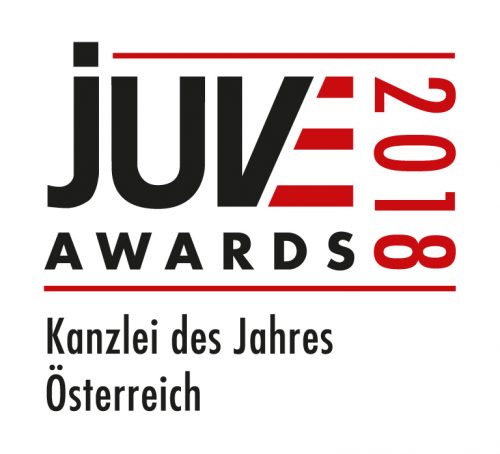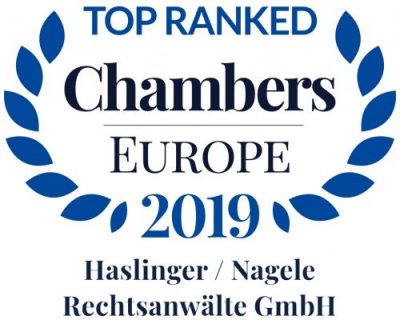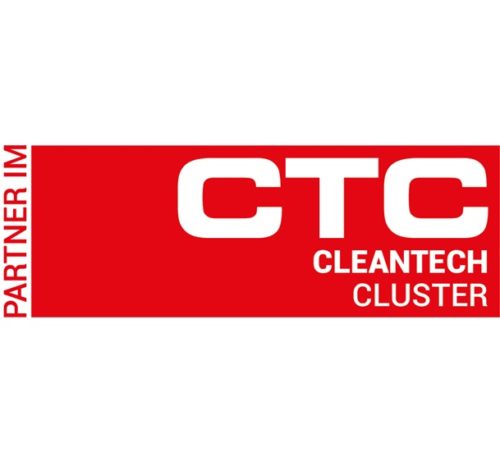Whistleblowing reporting systems
We help with implementation and processing!
If due to a cartel agreement, companies are demanding higher prices than they could have done without the agreement, businesses will be harmed.
In theory they can sue for compensation for this damage. Practically, both the calculation as well as the proof of damage poses a significant challenge for claimants and the courts of law.
Recently published guidelines of the European Commission aim to support national courts with the calculation of damage and so make the enforcement of compensation claims easier.
“The full effectiveness of Article 85 EG–agreement and in particular the practical effectiveness of the Prohibition in Article 85, section 1, would be diminished if it was impossible for everyone to claim compensation for damage resulting from a contract which limits or distorts competition or conduct to the same end.” (ECJ Case Courage and Crehan, para 26).
The implementation of this fundamental and later further refined jurisdiction of the EuGH (as seen in the recent final opinion given by Advocate General Kokott in the Rs Otis) faces considerable difficulties in practice.
The calculation of the amount of damages is a large hurdle, which often leads to a rejection of compensation claims, such as recently in a case relating to the so-called lift cartel in the Netherlands and Belgium. The difficulties increase if the immediate customer is not the final customer, as in this case the burden of damage can be transferred by the immediate customer.
In the light of this and based on the Damages Directive the European Commission recently published guidelines for national courts to estimate the proportion of the mark-up that had been passed to the indirect buyer. This was preceded by a directive about the assessment of the extent of damage in compensation claims due to infringements of Article 101 or 102 of the Treaty on the Functioning of the European Union, including an accompanying manual, which however, was unable to clarify all questions relating to calculation of damages.
The estimation of the price mark-up (“passing-on”) passed to the indirect buyer is regularly causing a great deal of difficulties both for the injured parties as well as the courts, due to the complex economical considerations and limited evidence.
However, the calculation of the passed on price mark-up is very significant. On the one hand the passing of the mark-up to the indirect buyer is regularly invoked by the cartel members as a defence (“passing on defence”, “shield”) against actions brought by the direct buyers. On the other hand the indirect buyer himself is able to use this as a basis for claims for damages against the cartel members (“sword”).
This problem is also taken into account in the Austrian Cartel Act, where for example presumption rules make it easier for the indirect buyer to provide evidence.
At the beginning of the guidelines the commission clarifies the legal framework for the passing on of damage as well as the economic background and also deals with potentially relevant means of evidence.
In the main part of the guidelines the commission deals with the calculation of the amount of the passing on of damage. The Commission bases this on the compensation principle, which is also the basis for the compensation guidelines: The aggrieved party is to be put into a position, which they would have been in if the infringement against competition law had not been committed (contra fact scenario).
The Commission’s guidelines then deal in detail with the calculation of two aspects of the passing on of damage, which are the effects on price and amount: The effect on price results from the higher costs for initial expenditure and resulting higher final price for the immediate customer (positive effect on profit). The effect on amount results from the smaller amount of sold goods caused by raised prices for the immediate customer (negative effect on profit).
One way of deciding on the price effect caused by the passing on of damage is to compare the price required from the immediate customer during the time frame of the infringement with the price that was asked for at defined comparative markets. A comparative market can be the same market at a different time or a market in a different location. The Commission recommends a combination of both these scenarios. For the concrete calculations and for the generation of a sufficiently accurate result, economic models or regression models can be used. The commission names cost-based approaches as alternatives to the comparison models.
The commission also suggests comparison models for the calculation of the effect on amounts. As an alternative the commission introduces the so-called elasticity approach, which can be used to take into account the price effect on the secondary buyer.
Finally, the commission gives references for the choice of a concrete method and explanations for the economic theories used.
The commission emphasises that courts can limit themselves to qualitative means of proof and economical or statistical models are not always required to estimate the effects on price and amounts.
The strengths of the new guidelines are not so much in the novelty of the approaches introduced by the commission, as models of market comparisons have been recognised in the investigation of infringements for many decades.
They are rather more based on the systematisation of the calculations to be made by the national courts. Above that, the guidelines give a good overview of the procedures of the courts of the member states that can be of use to the establishment of best practice despite the differences of process.
The commission’s preference for comparison methods and the emphasis on the importance of qualitative means of proof demonstrate the aim of encouraging national courts to establish time and cost- efficient procedures.
It is not expected to see a sudden rise of successfully completed compensation claims but the new guidelines can be seen as a further contribution towards a realisation of an effective enforcement of competition rules.
27. November 2019






